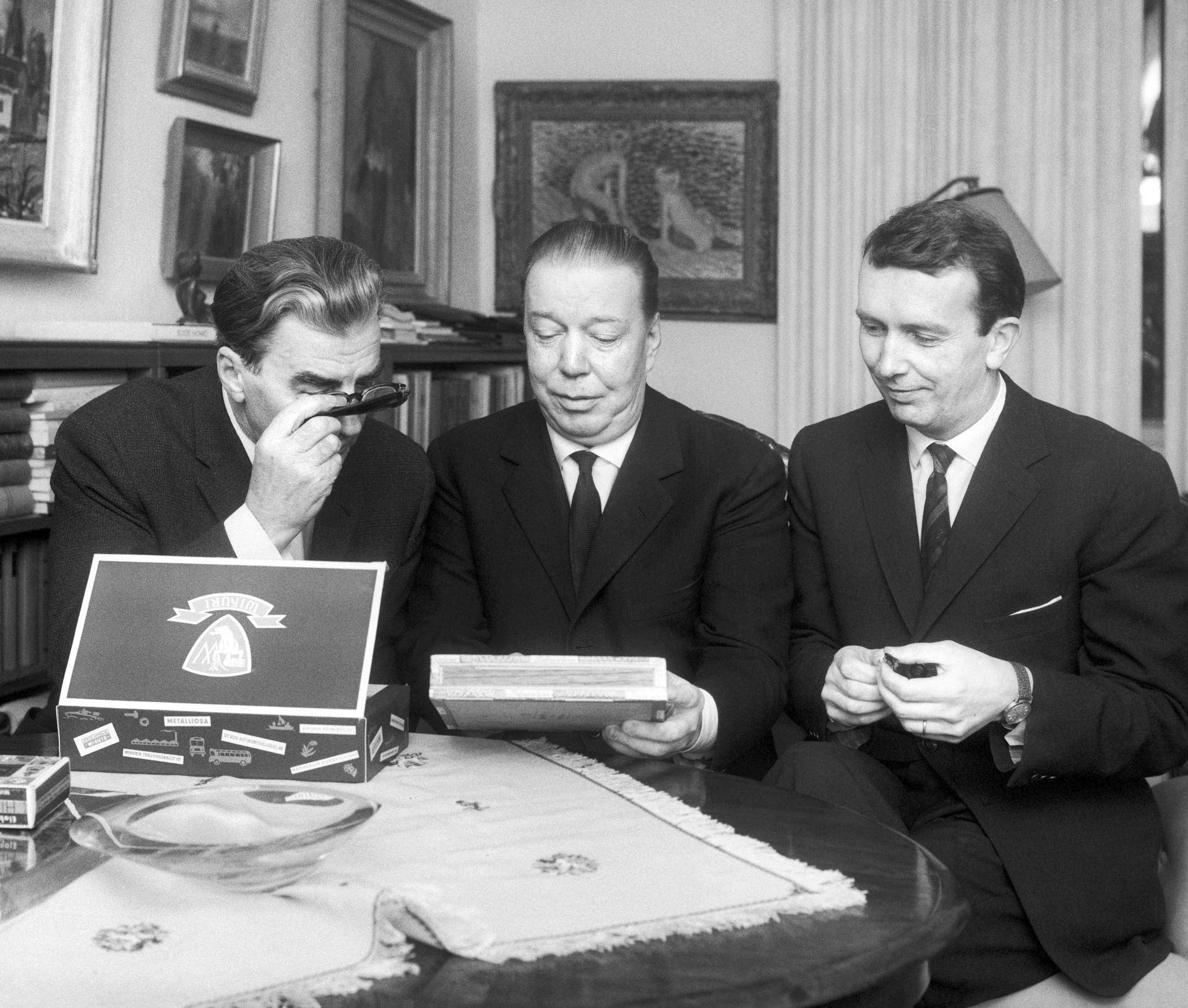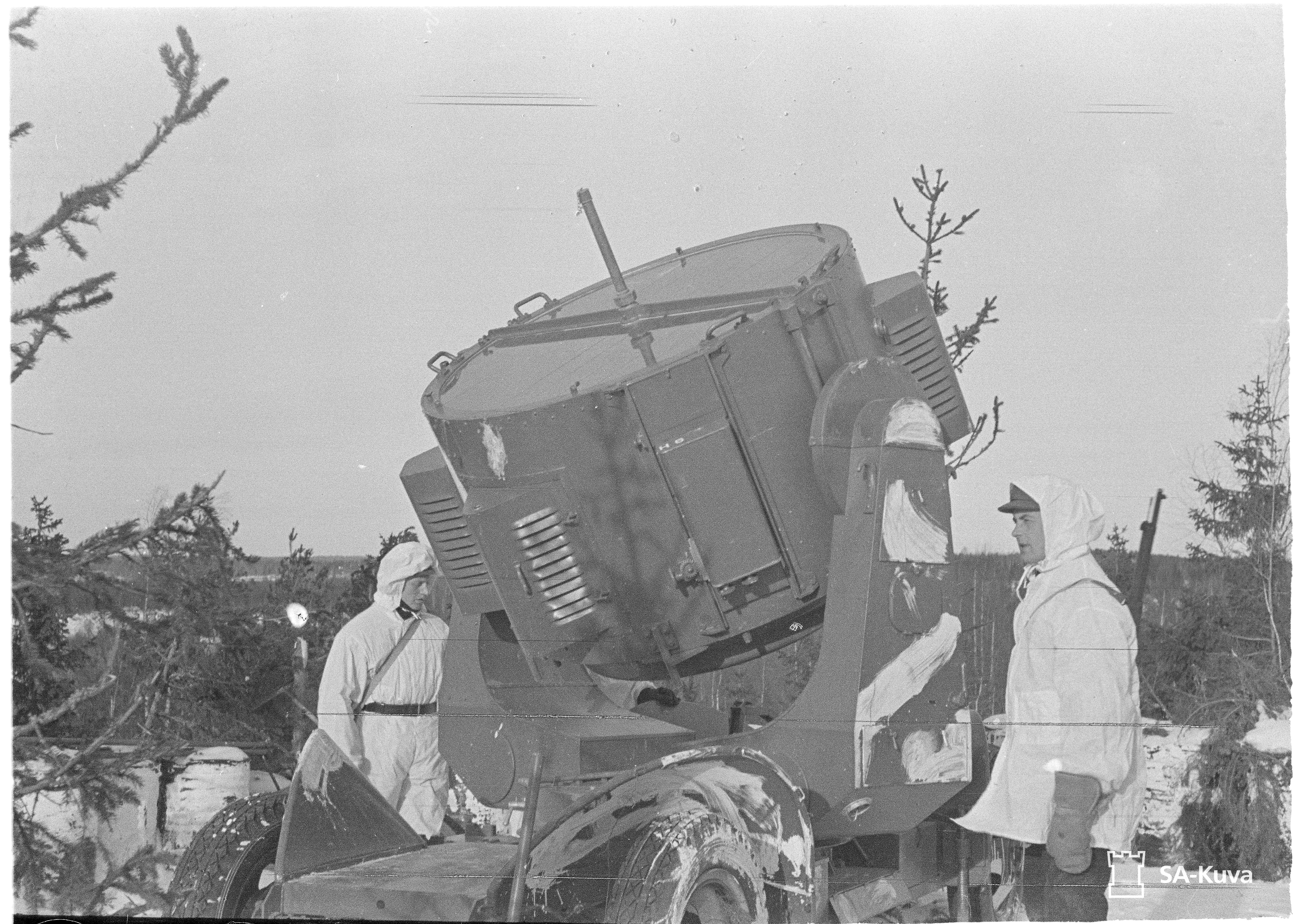|
Domus Litonii
Domus Litonii (Latin for "the Litonius house") is a three-story Empire style residential, commercial and office building with a lower bazaar wing located at Aleksanterinkatu 50 in central Helsinki, Finland. The building was designed by the master builder Gustaf Leander and it was built from 1845 to 1847. Garden wings were added in 1877 and 1880, and a lower bazaar wing designed by the architect Valter Jung was added on the Keskuskatu side in 1929. The facade on Aleksanterinkatu was modernised in 1936.Litoniuksen talo elää jatkuvassa muutoksessa (Archived 2016) ''Rakennusperintö.fi'' 20 July 2009. [...More Info...] [...Related Items...] OR: [Wikipedia] [Google] [Baidu] |
Domus Litonii - Marit Henriksson
In Ancient Rome, the ''domus'' (plural ''domūs'', genitive ''domūs'' or ''domī'') was the type of town house occupied by the upper classes and some wealthy freedmen during the Republican Rome, Republican and Imperial Rome, Imperial eras. It was found in almost all the :Roman towns and cities, major cities throughout the Roman territories. The modern English word ''domestic worker, domestic'' comes from Latin ''domesticus'', which is derived from the word ''domus''. The word in modern Slavic languages means "home" and is a cognate of the Latin word, going back to Proto-Indo-European language, Proto-Indo-European. Along with a ''domus'' in the city, many of the richest families of ancient Rome also owned a separate country house known as a Roman villa, villa. Many chose to live primarily, or even exclusively, in their villas; these homes were generally much grander in scale and on larger acres of land due to more space outside the walled and fortified city. The elite classes ... [...More Info...] [...Related Items...] OR: [Wikipedia] [Google] [Baidu] |
Esplanadi
Esplanadi ( sv, Esplanaden), colloquially known as Espa, is an esplanade and urban park in downtown Helsinki, Finland, situated between the Erottaja square and the Market Square. It is bordered on its northern and southern sides by the Pohjoisesplanadi (''Norra Esplanaden'', North Esplanadi) and Eteläesplanadi (''Södra Esplanaden'', South Esplanadi) streets, respectively. Aleksanterinkatu runs parallel to Esplanadi. Esplanadi is well known as a popular walking area, and street performances are also often held in the park. Designed by the architect Carl Ludwig Engel, the park was originally opened in 1818. In 1827, Engels Teater (the predecessor of the Swedish Theatre), the first theatre building in Helsinki, also designed by Engel, was erected in a corner of the park. Centered in the park is a statue of Johan Ludvig Runeberg, the national poet of Finland, by his son Walter Runeberg. Other public art pieces include works by Viktor Jansson, Gunnar Finne and Lauri Leppänen. ... [...More Info...] [...Related Items...] OR: [Wikipedia] [Google] [Baidu] |
Inspector Palmu
Inspector Frans J. Palmu ( fi, Komisario Palmu), depicted as "a gruff detective of the Helsinki police department", is one of the most popular characters created by Finnish writer Mika Waltari (who is, however, better known outside Finland for his historical novels). The character starred in three mystery novels, all of which were filmed. His first appearance was in the 1939 novel '' Who Murdered Mrs. Skrof?'' (''Kuka murhasi Rouva Skrofin?'').Panu Rajala: ''Unio mystica: Mika Waltarin elämä ja teokset.'' Helsinki: WSOY, 2008. . (in Finnish) The second book, '' Inspector Palmu's Mistake'' (''Komisario Palmun erehdys''), was filmed first in 1960, while the second film, '' Gas, Inspector Palmu!'' (''Kaasua, Komisario Palmu''), is based on the first novel. The film's Swedish title is the same as that of the original story. A fourth film was made without Waltari's involvement. The script was written by Georg Korkman and Matti Kassila, who also directed all four films. In addition '' T ... [...More Info...] [...Related Items...] OR: [Wikipedia] [Google] [Baidu] |
Mika Waltari
Mika Toimi Waltari (; 19 September 1908 – 26 August 1979) was a Finnish writer, best known for his best-selling novel ''The Egyptian'' ( fi, Sinuhe egyptiläinen). He was extremely productive. Besides his novels he also wrote poetry, short stories, crime novels, plays, essays, travel stories, film scripts, and rhymed texts for comic strips by Asmo Alho. Biography Early life Waltari was born in Helsinki on 19 September 1908. His parents were Toimi Waltari and Olga Johansson; Toimi was a Lutheran pastor once, teaching religion in Porvoo, and Olga one of his pupils. A scandal caused by their relationship had forced them to move to Tampere and the two married on 18 November 1906. At the age of five Mika Waltari suddenly lost his father to illness on 5 July 1914, and the 25-year old Olga Waltari was left, with crucial help from Toimi's brother Toivo, to support her three children: Samuli (7 years), Mika (5 years) and Erkki (6 months). As a boy, Waltari witnessed the Finnish Civil Wa ... [...More Info...] [...Related Items...] OR: [Wikipedia] [Google] [Baidu] |
Helsinki General Plan
Helsinki ( or ; ; sv, Helsingfors, ) is the capital, primate, and most populous city of Finland. Located on the shore of the Gulf of Finland, it is the seat of the region of Uusimaa in southern Finland, and has a population of . The city's urban area has a population of , making it by far the most populous urban area in Finland as well as the country's most important center for politics, education, finance, culture, and research; while Tampere in the Pirkanmaa region, located to the north from Helsinki, is the second largest urban area in Finland. Helsinki is located north of Tallinn, Estonia, east of Stockholm, Sweden, and west of Saint Petersburg, Russia. It has close historical ties with these three cities. Together with the cities of Espoo, Vantaa, and Kauniainen (and surrounding commuter towns, including the eastern neighboring municipality of Sipoo), Helsinki forms the Greater Helsinki metropolitan area, which has a population of over 1.5 million. Often co ... [...More Info...] [...Related Items...] OR: [Wikipedia] [Google] [Baidu] |
Norrmén House
The Norrmén house, also known as the Norrmén castle and palace, was a red brick residential house representing the neo-renaissance architecture, situated for 63 years in Katajanokka, Helsinki, Finland, opposite the Uspenski Cathedral. It was designed by architect Theodor Höijer for the chairman of the Helsinki city council, Alfred Norrmén, who ordered the building plans from Höijer in 1896. The four-floor building was constructed at a fast pace, and the building was already completed in 1897. The top floor of the building contained high-class large apartments, while the much smaller apartments on the bottom floor were mainly reserved for servants. Alfred Norrmén himself lived in the building until his death in 1942. The building also hosted the Eastern Emigrants Club and its restaurant until 1944, when it was discontinued. Later the building hosted the Allied Commission. The Norrmén house was dismantled in 1960. The Enso-Gutzeit (currently Stora Enso) main office, bui ... [...More Info...] [...Related Items...] OR: [Wikipedia] [Google] [Baidu] |
Marius Af Schultén
Marius may refer to: People *Gaius Marius (157 BC-86 BC), Roman statesman, seven times consul. Arts and entertainment * ''Marius'' (play), a 1929 play by Marcel Pagnol * "Marius" (short story), a 1957 story by Poul Anderson * ''Marius'' (1931 film), a French adaptation of Pagnol's play, directed by Alexander Korda * ''Marius'' (2013 film), a French adaptation of Pagnol's play, directed by Daniel Auteuil Places * Marius (Laconia), a town of ancient Laconia, Greece * Măriuș, a village in Valea Vinului, Satu Mare County, Romania * Marius (crater), on the Moon * Marius Hills, on the Moon Other uses * Marius (name), a male given name, a Roman clan name and family name, and a modern name or surname * Marius (commando), Alain Alivon (born 1965), French Navy officer * Marius (giraffe), a giraffe euthanized at the Copenhagen Zoo in 2014 See also * * * Mario (other) * Maria (other) * Mary (other) Mary may refer to: People * Mary (name), a fem ... [...More Info...] [...Related Items...] OR: [Wikipedia] [Google] [Baidu] |
Woldemar Baeckman
Woldemar is a given name, a variant of Waldemar. Notable people with the name include: * Woldemar Bargiel (1828–1897), German composer of classical music * Woldemar Brinkmann (1890–1959), German architect and interior designer associated with Nazi architecture * Woldemar Hägglund (1893–1963), Major General Finnish Army in the second world war * Woldemar Kernig (1840–1917), Russian and Baltic German internist and neurologist, saved many with meningitis * Woldemar Mobitz (1889–1951), German physician * Oskar Woldemar Pihl (1890–1959), Russian silversmith, Fabergé workmaster * Woldemar Voigt (1850–1919), German physicist who taught at the Georg August University of Göttingen * Woldemar von Daehn (1838–1900), Finnish politician * Woldemar von Seidlitz (1850–1922), Russian-born German art historian * Ulrich Frédéric Woldemar, Comte de Lowendal (1700–1755), German-born French soldier and statesmen * Woldemar, Prince of Lippe (1824–1895), sovereign of t ... [...More Info...] [...Related Items...] OR: [Wikipedia] [Google] [Baidu] |
Bombing Of Helsinki In World War II
Helsinki, the capital of Finland, was bombed repeatedly during World War II. Between 1939 and 1944, Finland was subjected to a number of bombing campaigns by the Soviet Union. The largest were three raids in February 1944, which have been called The Great Raids Against Helsinki. Helsinki's air defence In the autumn of 1939, Helsinki was protected by the ''1st Anti Aircraft Regiment'' consisting of four heavy anti-aircraft batteries of three to four guns each, one light AA battery and one AA machine gun company. The air defence of Helsinki was significantly strengthened from spring 1943 onwards under the lead of Colonel Pekka Jokipaltio. During the Continuation War, Germany provided two early warning radars and four gun laying radars to Helsinki, further, 18 very effective German heavy 88 mm AA guns were also placed in Helsinki. The new six-gun batteries were grouped at Lauttasaari, Käpylä and in Santahamina. By February 1944 Helsinki was protected by 13 light and heavy A ... [...More Info...] [...Related Items...] OR: [Wikipedia] [Google] [Baidu] |
Ekberg House
Ekberg is a Swedish surname. Notable people with the surname include: *Anita Ekberg, Swedish model and actress * Oskar Ekberg (born 1977), Swedish pianist * Ragnar Ekberg, (1886–1966), Swedish track and field athlete *Stefan Ekberg, Swedish motorcycle speedway rider * Sten Ekberg, Swedish track and field athlete *Ulf Ekberg Ulf Gunnar Ekberg (born 6 December 1970), also known as Buddha, is a Swedish singer-songwriter, musician, businessman and television and film producer, best known as a founding member of the pop group Ace of Base, along with siblings Jonas Bergg ..., Swedish singer, songwriter and producer {{surname Swedish-language surnames ... [...More Info...] [...Related Items...] OR: [Wikipedia] [Google] [Baidu] |
Eliel Saarinen
Gottlieb Eliel Saarinen (, ; August 20, 1873 – July 1, 1950) was a Finnish-American Architecture, architect known for his work with art nouveau buildings in the early years of the 20th century. He was also the father of famed architect Eero Saarinen. Life and work in Finland Saarinen was educated in Helsinki at the Helsinki University of Technology. From 1896 to 1905 he worked as a partner with Herman Gesellius and Armas Lindgren at the firm Gesellius, Lindgren, Saarinen. His first major work with the firm, the Finnish pavilion at the Exposition Universelle (1900), Paris 1900 World Fair, exhibited an extraordinary convergence of stylistic influences: Finnish wooden architecture, the British Gothic Revival, and the Jugendstil. Saarinen's early manner was later christened the Finnish National Romantic Style, National Romanticism and culminated in the Helsinki Central railway station (designed 1904, constructed 1910–14). From 1910 to 1915 he worked on the extensive city- ... [...More Info...] [...Related Items...] OR: [Wikipedia] [Google] [Baidu] |




